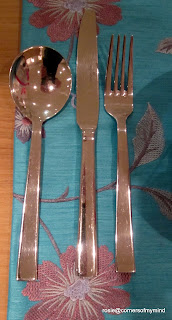Here are my photos for the June Scavenger Hunt. Thanks as always to Kathy at Postcards from the PP for hosting the Scavenger Hunt and keeping us on our toes with her wonderful choice of topics. Here is, I hope, a -link- to other participating blogs.
A Childhood Memory
Buying a bucket, spade and fishing net when we got to the seaside and carrying them down to the beach where sand castles would be built with the bucket and spade and rock pools dipped with the net.
A Farm Animal
One of the Highland Cattle at Wimpole Estate Home Farm, Cambridgeshire
A wheel trim
On a Bristol Fighter at the Imperial War Museum, Duxford, Cambridgeshire
An Elephant
Carved wooden elephant in a shop window
On a Bristol Fighter at the Imperial War Museum, Duxford, Cambridgeshire
An Elephant
Carved wooden elephant in a shop window
Architectural Detail
Chimneys on the Precentor's House across the green from Ely Cathedral, Cambridgeshire
Cheese
from the cheese counter in the Red Lion Quarter, Spalding, Lincolnshire
Cutlery
On a table display in the Wedgwood Factory shop, Barlaston, Stoke-on-Trent
Night
On the outside looking in!
Something beginning with Z
Zinfandel wine - goes well with the cheese!
The view right outside your door
Back door that is - outside my front door which is actually on the side of the house is next door's brick wall which doesn't make for a very interesting photograph.
Something with your town's name on it
Of the six towns that make up the city of Stoke-on-Trent, Longton is the closest to where we live. This is the sign for the Longton Interchange (bus station) near the Tesco, Argos and Next stores. Behind you can see the railway station where trains run between Derby and Crewe stopping at all stations in Stoke along the way and behind the station an old, derelict pottery factory with its bottle oven and chimney.
Tree Branches
Chimneys on the Precentor's House across the green from Ely Cathedral, Cambridgeshire
Cheese
from the cheese counter in the Red Lion Quarter, Spalding, Lincolnshire
Cutlery
On a table display in the Wedgwood Factory shop, Barlaston, Stoke-on-Trent
Night
On the outside looking in!
Something beginning with Z
Zinfandel wine - goes well with the cheese!
The view right outside your door
Back door that is - outside my front door which is actually on the side of the house is next door's brick wall which doesn't make for a very interesting photograph.
Something with your town's name on it
Of the six towns that make up the city of Stoke-on-Trent, Longton is the closest to where we live. This is the sign for the Longton Interchange (bus station) near the Tesco, Argos and Next stores. Behind you can see the railway station where trains run between Derby and Crewe stopping at all stations in Stoke along the way and behind the station an old, derelict pottery factory with its bottle oven and chimney.
Tree Branches

















































